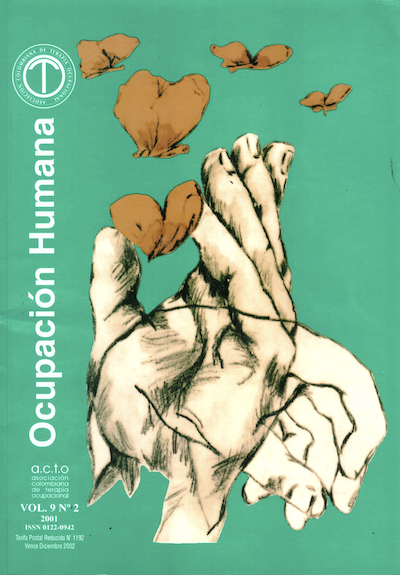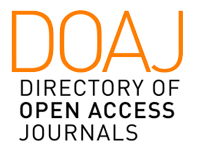Rehabilitation of the visually impaired: opinions and expectations regarding individual limitations and the "Waiting-Group"
DOI:
https://doi.org/10.25214/25907816.532Palabras clave:
Low-Vision, rehabilitation process, blindenessResumen
This study searches out limitations and expectations of visually impaired customers attended to in a university service (CEPRE) in Campinas, State of Sao Paulo, Brazil, from 1994 to 1997, in order to get subsidies for improving the quality of the services offered. A special type of attendance called “waiting-group” is described with the customers’ opinions regarding this kind of attendance being also surveyed during the rehabilitation process. Twenty subjects, aged 12 and more, with vision impairment, either congenital or acquired, compound the study sample. A questionnaire, employed for data collecting, disclosed: a slight predominance of males (57.0%); average age equal to 32.2; the majority ofthe subjects are acquainted with the rehabilitation approach, presenting expectations as to the work developed by the service; among the opinions regarding limitations due to vision impairment, those associated with locomotion (80.0%) and ability to exercise professional activities (75.0%) predominate; as to personal changes that came about as a result of taking part in the “waiting-group”, that of the acceptance of the vision impairment prevails (89.5%). Concluding, the Authors stress the need for vision rehabilitation programs to promptly attend the demand, in a mandatory way, taking into account both the customers’needs and opinions.
Descargas
Referencias bibliográficas
Bowlby, J. (1979). The making and breaking of affectional bonds. London: R.RL.
Carrol, T.J. (1968). A cegueira. Brasília: Campanha Nacional de Educação dos Cegos, Ministério da Educação e Cultura.
Carvalho, K.M.M.(1993). Visão Subnormal: apresentagáo de um modelo de atendimento e caracterização das condições de diagnóstico e tratamento em um serviço universitário do Brasil. Campinas, [Tese - Doutorado - Faculdade de Ciências Médicas - UNICAMP],
Dean, A.G.; Dean, J.A.; Coulombier, R; Brendel, K.A.; Smith, D.C.; Burton, A.H.; Dicker, R.C.; Sullivan, K.; Fagan, R.F; Arner, T.G. (1994). Epi info, version 6: a word processing, database, and statistics program for epidemiology on micro computers. Atlanta: Center for Desease Control and Prevention.
Groisman, M.; Orlandi, A.L.; Quintes, H.M.F; Tróia, M.C.C.; Maranháo, M.L.A. (1979). Grupo de espera: uma perspectiva institucional de atendimento imediato ao adolescente. In: CONGRESSO BRASILEIRO DE GRUPO, 4, Rio de janeiro, Gradiya. Rio de janeiro.
Kara-José, N.; Arieta, C.E.L.; Temporini, E.R.; Kang, K.M.; Ambrósio, L.E. (1996). Tratamento cirúrgico de catarata senil: óbices para o paciente. Arq. Bros. Oftai, 59(6), 573-77.
Keller, D.D. (1979). Orientation to low vision aids. J. Vis. Impairm. Blind., 73(5), 161- 66.
Kornblit, A. & Rascovsky, A. (1970). Importancia institucional de los Llamados Grupos de espera. Revista Argentina de psiquiatría de la infancia y de la adolescencia, 1(1), 55-60.
Montilha, R.C.I. (1996). Visáo subnormal e a abordagem da terapia ocupacional. Arq. Bros. Oftai, 59(4), 354.
Piovesan, A. & Temporini, E. R. (1995). Pesquisa exploratoria: procedimento método- lógico para o estudo de fatores humanos no campo da saúde pública. Revis. Saúde Púbi, 29, 318-25.
https://doi.org/10.1590/S0034-89101995000400010
Viorst, J. (1986). Necessary Losses. New York: Simon and Schuster.
Descargas
Publicado
Cómo citar
Número
Sección
Licencia

| Estadísticas de artículo | |
|---|---|
| Vistas de resúmenes | |
| Vistas de PDF | |
| Descargas de PDF | |
| Vistas de HTML | |
| Otras vistas | |











